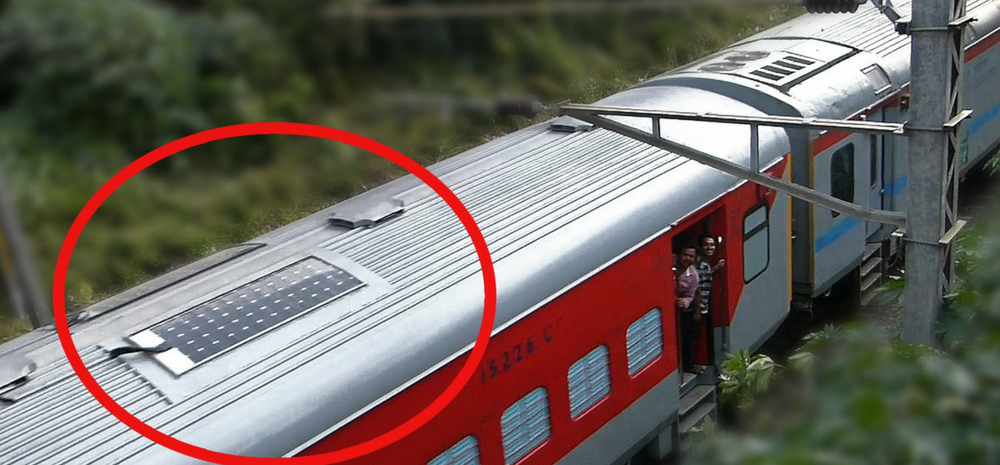Electrification Boom: Electric Tracks Rise By 371% In 6 Years, 18,065 Kms Are Now 100% Electric!

- More than 66% of railway lines are already electrified.
- An increase of 371% in electrification observed between 21014-2020
In a function organised at Dhigawara station, the recently electrified Dhigawara-Bandikui section of North Western Railway between Ajmer to Delhi was inaugurated by Union Minister of Railways, Commerce and Industry, Consumer Affairs, Food and Public Distribution,Piyush Goyal. He officially started the first train on this newly electrified route in the presence of Public representatives and senior railway officials.
“Indian Railways is moving forward in a phased manner with fast pace and quality and is making great achievements with everyone’s cooperation, teamwork and motivation” said Piyush Goyal while addressing the function.
Which railways are going to get electrified next?
Indian railways is all set to electrify its entire broad gauge network by December 2023. While sharing his vision, Goyal added, ‘The electrification work was done on the Kota-Mumbai line in Rajasthan 35 years ago, after that no one paid attention to this area. While working on this in the railways, a target has been set to electrify the entire percentage of railway lines across India.’
Indian railways have recorded an increase of 371% during the period of 2014-2020 as compared to 2009-2014. Around 18065 km of railway routes were electrified in these 6 years.
Speaking about this astonishing record the minister said, ‘Till 2009-14, there was 0 km of electrification work in this area which was 1433 km in the last five and a half years (till September 2020) i.e. 240 km route was electrified every year. There has been a change in thinking over the years and there has been a change in the way we work. Today, after the electrification of this line, the route from Rewari to Ajmer has been electrified and now the electrified trains from Delhi to Ajmer will start soon.’
What is the need of electrification?
Goyal also explained the importance of electrifying railways in his address. He said, After running of these trains, the diesel trains will be stopped, which will eliminate pollution as well as the dependence on the fuel imported from outside and trains will be operated from the electricity produced in self-reliant India, this will also save significant revenue. Apart from this, the average speed of trains will increase and there will be development of industries, agro-based businesses and progress of villagers and farmers. To avoid any inconvenience to the farmers, Kisan Rail is being operated by the railways to transport their agricultural products. The government is committed to the progress of farmers.
Who does this work?
The Central Organization for Railway Electrification (CORE), Prayagraj, looks after the electrification of railways. THe organisation also sanctioned the work of Delhi Sarai Rohilla-Madar (Ajmer) section before handing it over to Rail Electrification project, Jaipur. FOr the same project, a total of 23418 foundations, 26 switching stations, 6 traction substations and 7 OHE depots have been set up.
The electrification of Dhigawara-Bandikui section is a contribution to make the environment of the National capital Region of Delhi cleaner and greener. With 41500 km of railway track already electrified, the Indian railways plans to complete the electrification of more 28143 km by December 2023.

Comments are closed, but trackbacks and pingbacks are open.